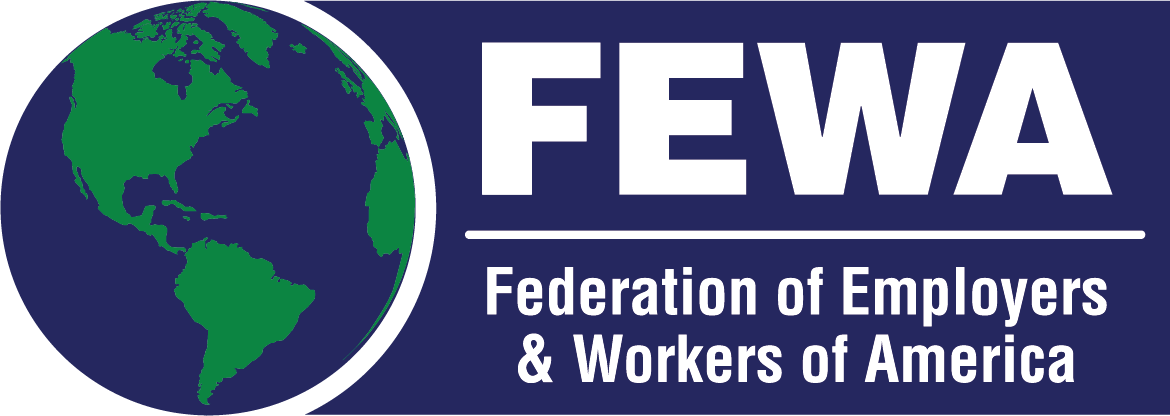The H-2A Visa Program
The H-2A visa program is a viable solution for those in the agriculture and aquaculture industries who experience difficulties hiring the domestic work force they need.
Frequently Asked Questions
- Is My Business Eligible?
- Is There a Minimum Worker Requirement?
- When Do I Need to Begin?
- How Does The H-2A Process Work?
- Do I Need to Provide Housing?
- How Much Are H-2A Workers Paid?
- How Long Can H-2A Workers Stay in the U.S.?

Is My Business Eligible?
All agricultural employers who can demonstrate a seasonal or temporary labor need are eligible to apply for the H-2A program. Operations currently using the H-2A program include:
- Row and Field Crops
- Vineyards
- Tree and Nursery Growers
- Beekeepers
- Horse, Cattle and Other Livestock Operations
- Turf Growers
- Fruit, Nut and Vegetable Growers
- Aquaculture
Is There a Minimum Worker Requirement?
There are no requirements for the number of workers you request. It can be as few as one.
When Do I Need to Begin?
Your H-2A application process may begin no earlier than 75 days and no later than 60 days before the start of your season or temporary need. To avoid delays, FEWA asks that you contact our staff 120-150 days (4-5 months) in advance of the start of your season. This gives our staff and yourself time to go over all program requirements and to organize application materials tailored to your specific needs. We do offer early enrollment discounts.
How Does The H-2A Process Work?
All agricultural employers who can demonstrate a seasonal or temporary labor need are eligible to apply for the H-2A program. FEWA will file all required applications and documents for the employer to the respective government agencies as noted below.
- Step 1: FEWA will file a Job Order with the State Workforce Agency (SWA). This involves preparing and submitting an agricultural job order (Form ETA-790/790A) to the SWA that serves the state where the work will be performed.
- Step 2: FEWA will submit the temporary labor certification application to the U.S. Department of Labor (DOL).
- Step 3: After receiving a temporary labor certification for H-2A employment from DOL, FEWA will file Form I-129 (Petition for a Non-Immigrant Worker) with USCIS.
- Step 4: After USCIS approves Form I-129, prospective workers outside the United States apply for visa and/or admission. FEWA will provide assistance to facilitate workers’ arrival to the U.S.
Do I Need to Provide Housing?
Employers must provide housing at no cost to H-2A workers and to workers in corresponding employment who are not reasonably able to return to their residence within the same day.
In addition, employers are required to either provide each covered worker with three meals per day, at no more than a DOL-specified cost, or to furnish free and convenient cooking and kitchen facilities where workers can prepare their own meals.
Employer-provided or secured housing must meet all applicable safety standards.
How Much Are H-2A Workers Paid?
The wage offered and paid must equal or exceed the hourly Adverse Effect Wage Rate (AEWR), the prevailing wage rate (if available), the Federal minimum wage, the State minimum wage, or the agreed-upon collective bargaining rate, whichever is highest.
The Adverse Effect Wage Rate (AEWR) is the minimum wage that the U.S. Department of Labor (DOL) has determined “must be offered and paid by agricultural employers of nonimmigrant H-2A visa workers”. Where agricultural employers offer employment to nonimmigrant foreign workers, payment of at least the AEWR is required. Published once a year, usually in early February, by DOL with the assistance of the U.S Department of Agriculture, the AEWR sets a separate minimum wage rate (i.e., a rate that will not adversely affect the employment opportunities of U.S. workers) for each state.
How Long Can H-2A Workers Stay in the U.S.?
The need for the work must be seasonal or temporary in nature and tied to a certain time of the year by a recurring event or pattern, such as an annual growing cycle, normally lasting 10 months or less. In some instances, H-2A classification may be extended for qualifying employment.

